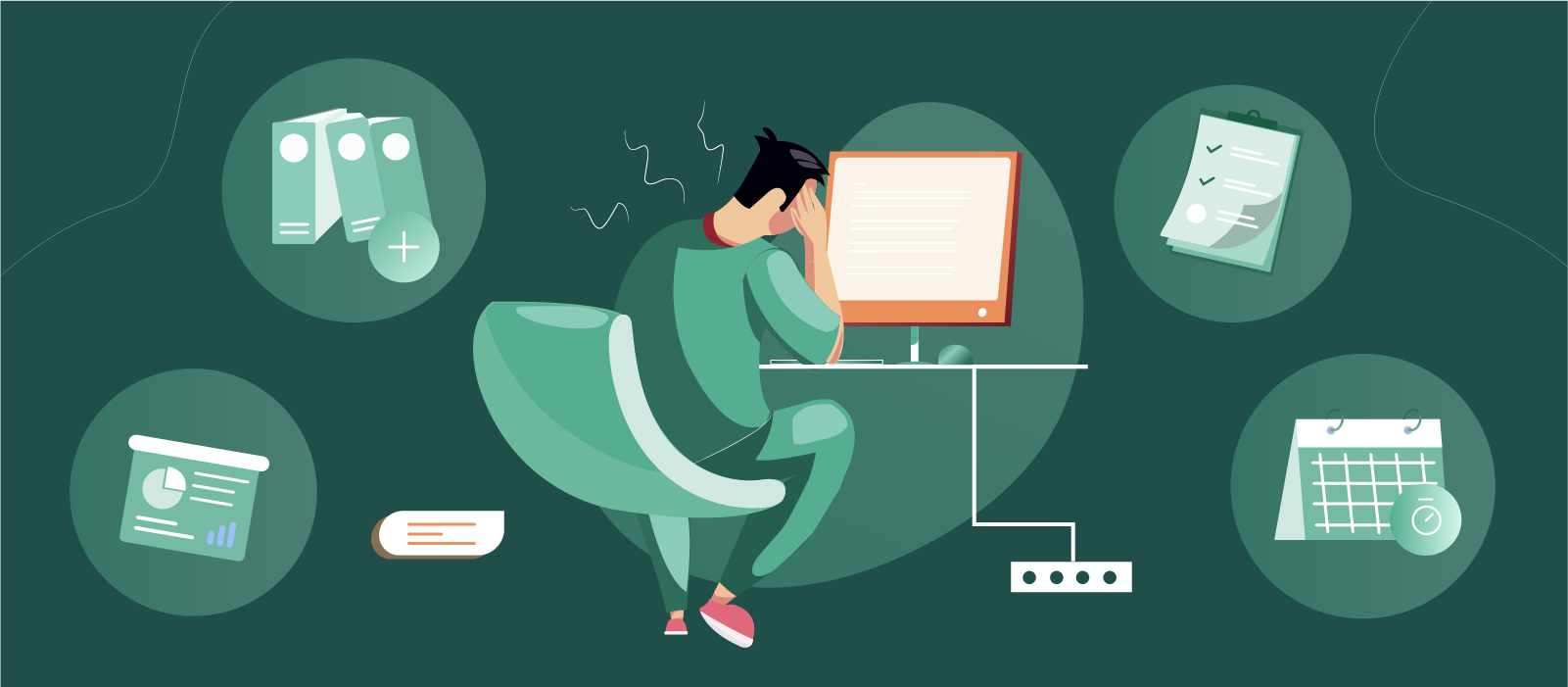UX UI Design Studio


From the moment I sleep to the moment I wake up, there are a multitude of problems and challenges that I have to tackle as a project manager on a daily basis. Whether it’s understanding what the client wants or trying to fit into a tight schedule that seems impossible, problem-solving skills are essential to becoming a project manager.
But in the field of design, challenges can present themselves in nuanced and unseen ways, and learning how to have a handle on these topics can mean the difference between success and failure. The amalgamation of different creative brains makes it difficult to take a linear approach to project management. There are different approaches to make the procedure more reliable with consistent results. So, I will be taking you through some of the methods which I use on a daily, updated basis to keep the operations functioning smoothly on my design projects in different industries:
When it comes to managing designers, it can mean walking a fine line between letting them explore their creativity to conforming them to the client’s requests. As a project manager, that’s when you need to step in and find a middle ground between setting a rigid workflow to embracing creative freedom.
Creative freedom can sound like the best thing ever. After all, who doesn’t want to let their designers take the creative approach? But it isn’t conducive for a project when it doesn’t adhere to the project goals and timelines. It can be difficult to find this balance between structure and freedom, but that’s the challenge of being a design project manager.
If you can make both your clients and your designers happy, that’s when you know you’re succeeding in your role. Always allow the client to view the work in progress rather than waiting to see the final version. This is an easier way out to enable them to request updates as the design develops. This helps how effectively the team is putting itself together, in order to complete the project successfully.
There are no two design teams that are the same, and this difference in creativity can make it hard for project managers to take a structured approach with designers.
Your designers might do their best possible work when they’re burning the midnight oil, but your artist could only be productive right after lunch. Find out and learn about your team’s strengths, understand how they work individually as well as together, establish an effective mechanism and utilize their strengths accordingly. This will lead to the most efficient results for both the client and the internal design team. Always plan your project around your team, not your team around the plan. Include your designers in client conversations and encourage them to establish and understand realistic timelines for themselves.
Whether it’s because your client wants to keep iterating on the design or your designers haven’t been able to properly visualize what the client wants, things don’t always go as planned when it comes to design projects. There are times when you need to change the plan in order to receive the desired results.
That’s when it stands to reason that you should be switching to an alternate plan of action. Your backup plan should be able to respond quickly to any issues as and when they come.
Your team could lack the skills necessary to complete the project, or the project could involve scope creep from a client who didn’t provide everything at the beginning. The timeline could have been overly ambitious, all of these are situations that can arise in every design project. Make sure you have contingency plans in place to tackle all of these issues before the project goes south.
Daily standups are easy to schedule and to follow up. They let your teams sit down and understand where each team is, and what they’re doing on an everyday basis. Daily standups ensure people have the resources they need to meet project goals and they’re not held up on anything.
Daily standups are also a great place to get feedback on projects. It’s also a good place to review progress on a project and measure how productive each team member has been.
If there are issues on the project, it can also be useful to have everyday standups to keep all the team members in synchronization and motivated to complete a project. Daily standups are an opportunity to understand how the project is doing and what steps will be necessary to succeed as a team.
Although assigning tasks seem simple, it has to be laid bare on the table most of the time. If you want something done, assign it to a team member, and don’t just assume that someone will pick it up.
Find out which of your team members are good at what, and what are their core strengths and then delegate the tasks accordingly. The good thing here is that you can spread out the workload so that not a single person is overloaded. By assigning tasks, you know who’s responsible for what, and better yet, your team also knows what’s expected of them and they’re not just floundering in the dark. Additionally, be equally precise with the time schedule and the potential milestones, so that the project does not pass the timeline and incur any unseen additional expenses.
Managing a design project isn’t easy, it requires thoughtful planning and setting up effective communication and coordination systems to make things work. You will need a good project plan, effective communication, proper delegation, understanding of client requirements and team abilities, and most of all, trust that your team will come through for you.
But remember, the key point in any design project is collaboration and organization. Make sure that you have everything organized from your end so that your team can design with creative freedom supported by a structure that’s ready to support their creative endeavors.

